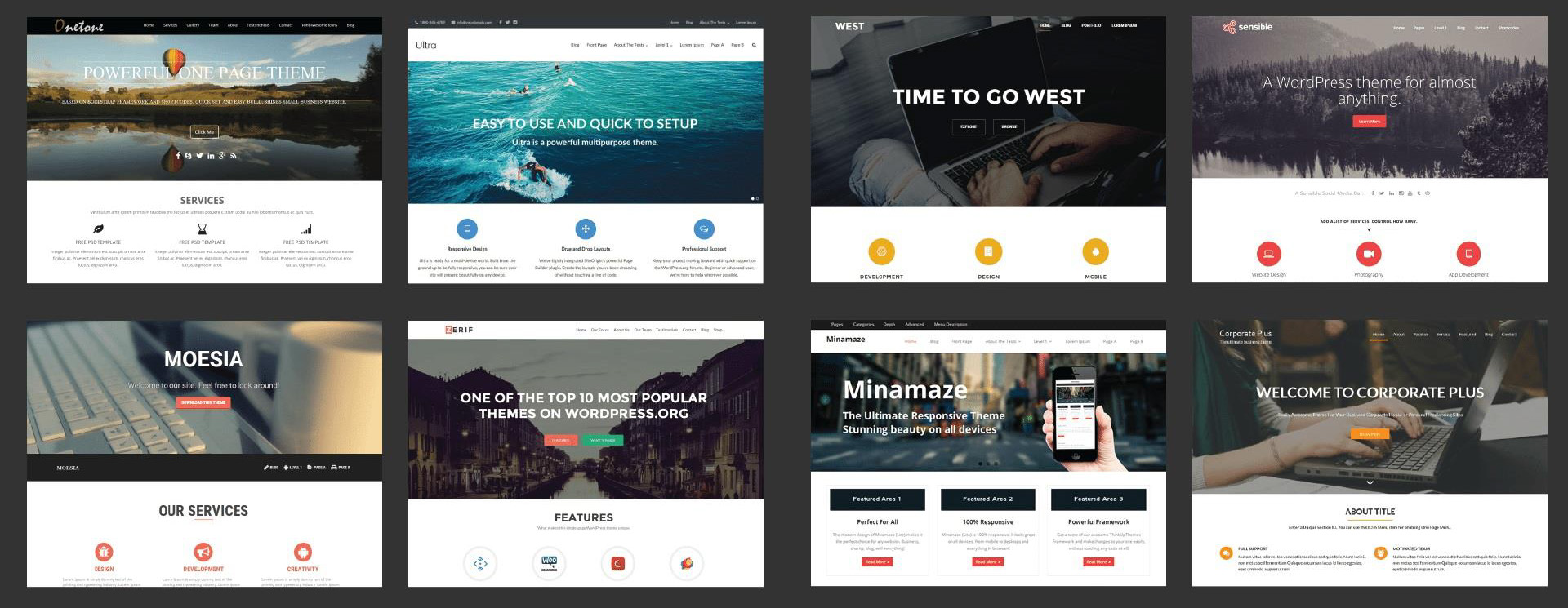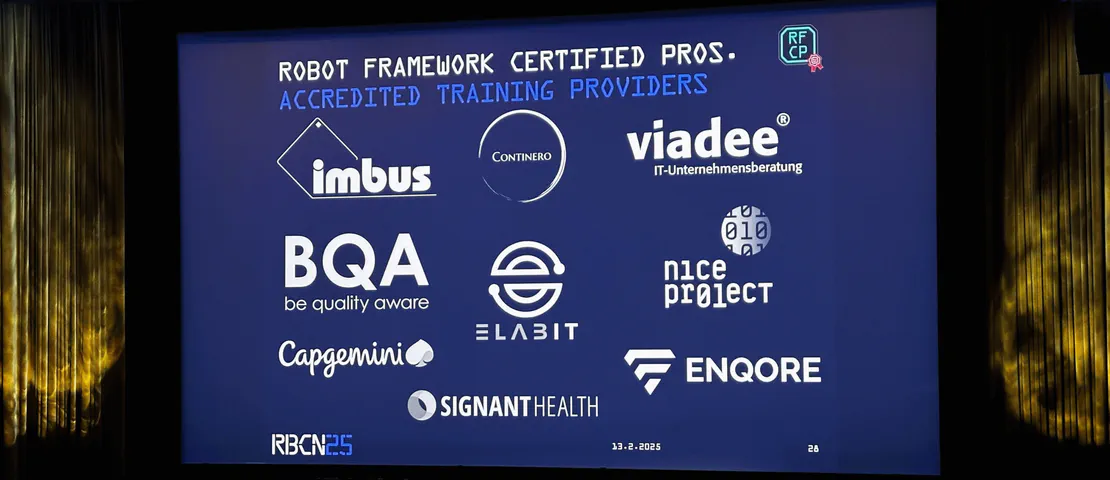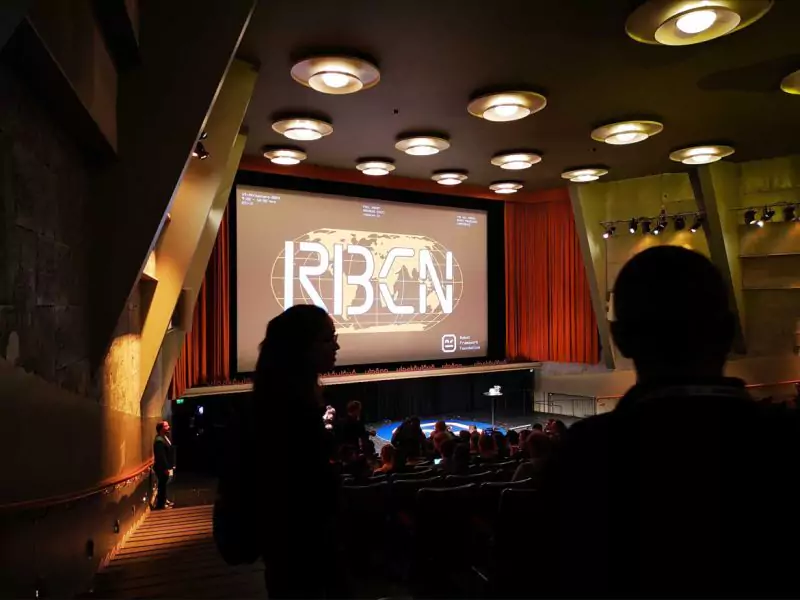A brief history of Bootstrap
Bootstrap was created in 2011 as an internal tool for Twitter. Its goal was to standardize the look and functionality of applications so that developers could quickly build responsive user interfaces. It quickly gained popularity by offering ready-to-use components, a grid system, and consistent styles, eliminating the need to write CSS from scratch. Today, Bootstrap is one of the most widely used frontend frameworks, but its impact on web design remains controversial.
Bootstrap – a blessing or a curse?
Frontend frameworks, particularly Bootstrap, have become an inseparable part of web design. Some see it as a blessing, while others consider it a curse on the modern internet. Has its popularity truly been beneficial?
Critics argue that Bootstrap has made websites look almost identical. Repetitive layouts, the same buttons, and uniform styling have led to a visually homogeneous internet lacking character. Many developers stick to default styles without making significant changes, resulting in design stagnation.
"Greatness does not come from standardization but from diversity". Unfortunately, Bootstrap seems to promote standardization above all.
There are also concerns that the framework discourages creativity. With ready-made solutions at their disposal, designers experiment less, and developers limit themselves to pasting components rather than crafting unique designs. This approach to web design feels more like assembling a puzzle than creating something original.
Worse still, the widespread use of Bootstrap-based websites has led to a so-called "copy-paste effect." We see countless nearly identical business websites, news portals, and e-commerce stores that are difficult to tell apart.
Additionally, Bootstrap makes it easy to take shortcuts. Many people rely on it instead of learning CSS or understanding good UI/UX principles. It’s like building a house from pre-made modules – fast and convenient. In the end, a website should be more than just a functional structure.

However, we must not overlook Bootstrap’s advantages. One of its key strengths is its low entry barrier. With clear documentation and pre-built components, the framework allows beginner developers to quickly create modern websites without writing code from scratch. It serves as a useful learning tool, enabling users to focus on functionality rather than implementation details.
Bootstrap is also backed by experienced designers, ensuring that websites built with this framework are generally aesthetic, clean, and aligned with best UI/UX practices. Another advantage is its adaptability to new trends – Bootstrap is regularly updated and adjusted to meet modern standards. Developers don’t have to track every design trend themselves – the framework does it for them.
Responsiveness is another of Bootstrap’s greatest assets. With its built-in grid system, designing websites that adapt to different devices has become remarkably simple. Let’s not forget about community support – Bootstrap’s popularity means that solutions and troubleshooting assistance are readily available.
Did Bootstrap really ruin the Internet?
Ultimately, Bootstrap is just a tool – and like any tool, its value depends on how it is used. It doesn’t have to mean the end of creative web design, but it does require developers to put in extra effort to stand out among hundreds of similar websites. "Technology should serve art, not limit it," Orson Welles once said. So perhaps Bootstrap isn’t to blame – it’s how we use it.
At NiceProject, we take a different approach. Instead of relying on ready-made solutions, we create our own styling system tailored to the needs of each project. Our approach involves building a custom layer on top of Angular Material and adapting components to the specific requirements of our clients. This allows us to combine the advantages of proven frameworks with a unique, refined design that doesn’t resemble the hundreds of other websites based on Bootstrap’s default settings.













